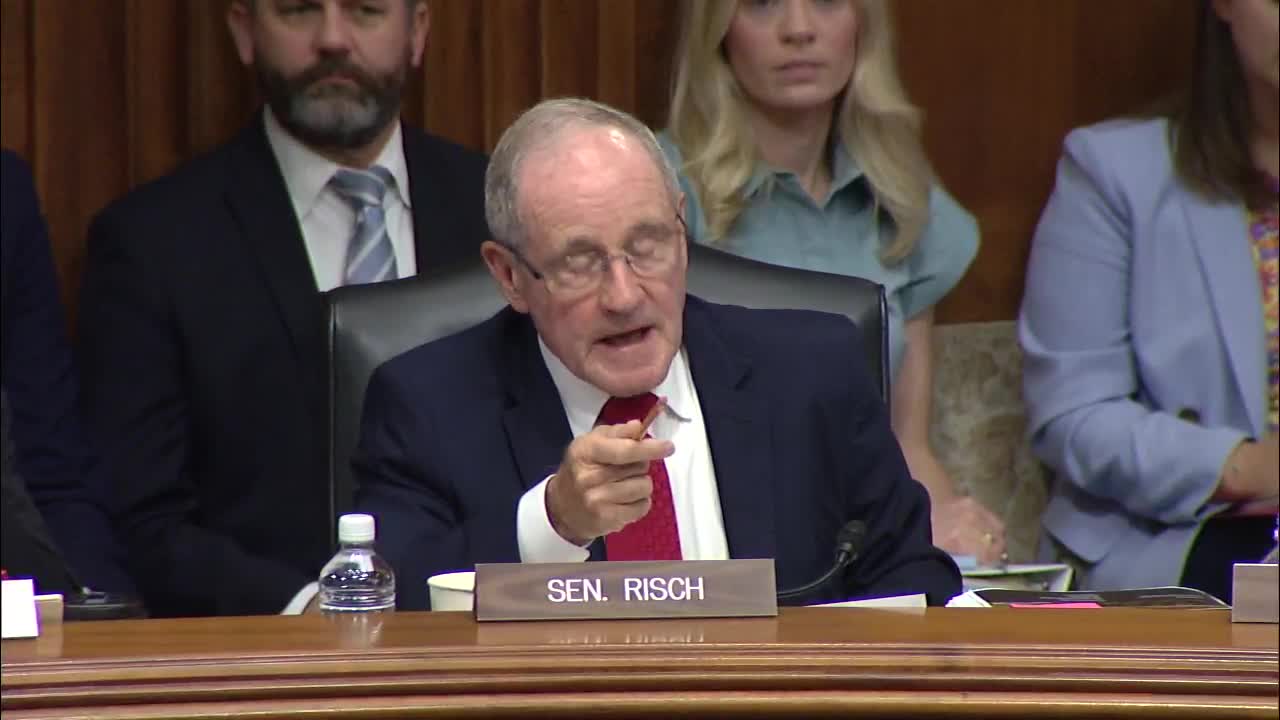Idahoans unite against controversial wind energy project
June 13, 2024 | Energy and Natural Resources: Senate Committee, Standing Committees - House & Senate, Congressional Hearings Compilation

This article was created by AI summarizing key points discussed. AI makes mistakes, so for full details and context, please refer to the video of the full meeting. Please report any errors so we can fix them. Report an error »

In a heated government meeting, Idaho officials expressed overwhelming opposition to a proposed wind energy project that would involve the installation of 241 turbines across 100,000 acres of public land. The project has faced unanimous disapproval from the Idaho legislature, all seven affected counties, and various local organizations, including the Shoshone-Bannock tribes and the Friends of Minidoka, who operate a site of historical significance related to Japanese internment during World War II.
The discussions highlighted a deep-seated anger among Idahoans, who feel their voices are being ignored in favor of corporate interests. A senator involved in the meeting acknowledged the public's frustration but defended the project, stating that it would provide energy for up to 500,000 homes, primarily in California. This assertion only fueled further discontent, as local leaders questioned why the energy needs of California should dictate land use in Idaho.
Critics of the project pointed out that the environmental impact statement, which was described as lacking substantial local support, failed to reflect the overwhelming opposition from the community. They emphasized that the proposal had been halved from an original plan for 400 turbines, yet still did not address the core issue: the local populace's desire to preserve their land and resources.
The senator's responses were met with skepticism, as local officials demanded to know who, if anyone, in Idaho supported the project. The meeting underscored a significant disconnect between federal decision-making and local sentiment, raising questions about the management of public lands and the prioritization of corporate interests over community concerns. As the process moves toward a final decision, the future of the project remains uncertain amid widespread local dissent.
The discussions highlighted a deep-seated anger among Idahoans, who feel their voices are being ignored in favor of corporate interests. A senator involved in the meeting acknowledged the public's frustration but defended the project, stating that it would provide energy for up to 500,000 homes, primarily in California. This assertion only fueled further discontent, as local leaders questioned why the energy needs of California should dictate land use in Idaho.
Critics of the project pointed out that the environmental impact statement, which was described as lacking substantial local support, failed to reflect the overwhelming opposition from the community. They emphasized that the proposal had been halved from an original plan for 400 turbines, yet still did not address the core issue: the local populace's desire to preserve their land and resources.
The senator's responses were met with skepticism, as local officials demanded to know who, if anyone, in Idaho supported the project. The meeting underscored a significant disconnect between federal decision-making and local sentiment, raising questions about the management of public lands and the prioritization of corporate interests over community concerns. As the process moves toward a final decision, the future of the project remains uncertain amid widespread local dissent.
View full meeting
This article is based on a recent meeting—watch the full video and explore the complete transcript for deeper insights into the discussion.
View full meeting